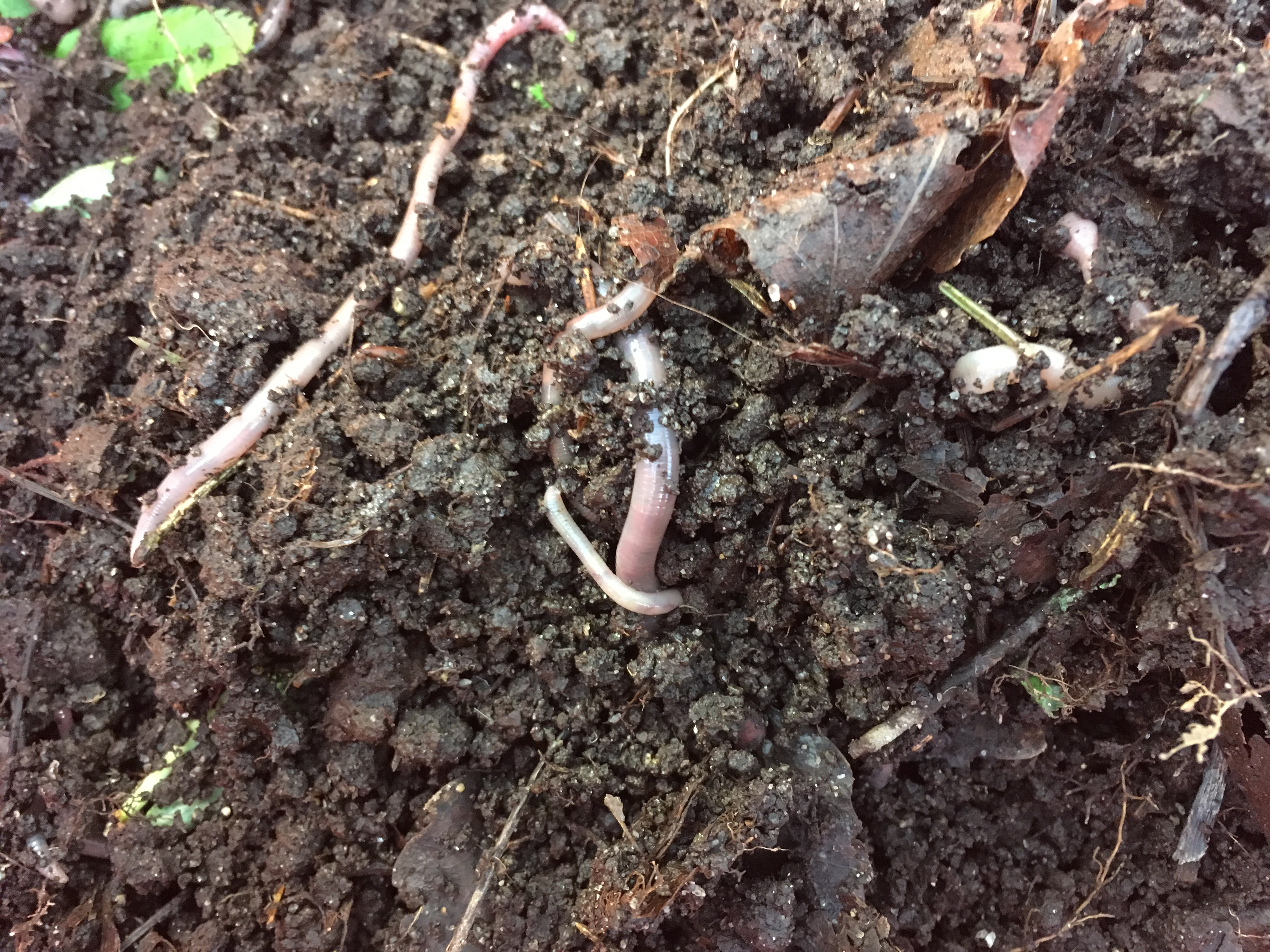Arctic soils are one of the largest carbon stores on earth. At the same time, climate warming is twice as fast in Arctic tundra as in the rest of the world. How will tundra ecosystems change in the coming century? Which factors need to be considered? An international study led by the University of Greifswald shows that larger soil animals such as earthworms have a decisive influence on the nutrient cycle in ecosystems of the Arctic tundra. Larger soil animals significantly increase the release of nitrogen, so that some plants doubled their shoot and root length. Earthworms thus have a stronger effect on the development of plant communities than other well studied factors such as climate change, fertilization or herbivory.
"In the study, we released earthworms in so-called mesocosms. These are containers with intact vegetation in open land. We observed nitrogen uptake and growth of the plants in these mesocosms. To determine the root growth of the plants, we used a root camera. We led this through transparent tubes, which are installed in the soil. We took photos of the roots at regular intervals. The images showed that so far we have underestimated the importance of earthworms for the nutrient cycle in the Arctic," explains Dr. Gesche Blume-Werry from the Institute of Botany and Landscape Ecology at the University of Greifswald.
Up until now, the nitrogen deficiency in the Arctic tundra has been largely attributed to the cold climate, because low temperatures inhibit the activity of decomposers in the soil. The study now identifies a previously underestimated mechanism: larger soil animals such as earthworms break down plant litter into smaller fragments and move them deeper into the soil, where they can then be decomposed more easily by smaller soil animals. This means that earthworms make a significant contribution to nutrient release in soils. These soil animals are predominantly absent in the Arctic and the nutrient cycle is therefore much slower, limiting plant growth. As temperatures rise, earthworms and other larger soil animals can increasingly survive in arctic soils. Furthermore, human activities in the region are increasing, resulting in an increase in the introduction of larger, invasive soil animals. These factors need to be taken into account for predictions of future tundra ecosystems.
Further Information
Blume-Werry et al. (2020): Invasive earthworms unlock arctic plant nitrogen limitation, in: Nature Communications. 11, 1766. https://doi.org/10.1038/s41467-020-15568-3.
Earthworm Video from the experiment
To the media photo
Contact at the University of Greifswald
Dr. Gesche Blume-Werry
Institute of Botany and Landscape Ecology
Experimental Plant Ecology
Soldmannstraße 15, 17489 Greifswald
Tel.: +49 3834 420 4194
gesche.blume-werryuni-greifswaldde
ResearchGate: www.researchgate.net/profile/Gesche_Blume-Werry
Twitter: gescheBW

